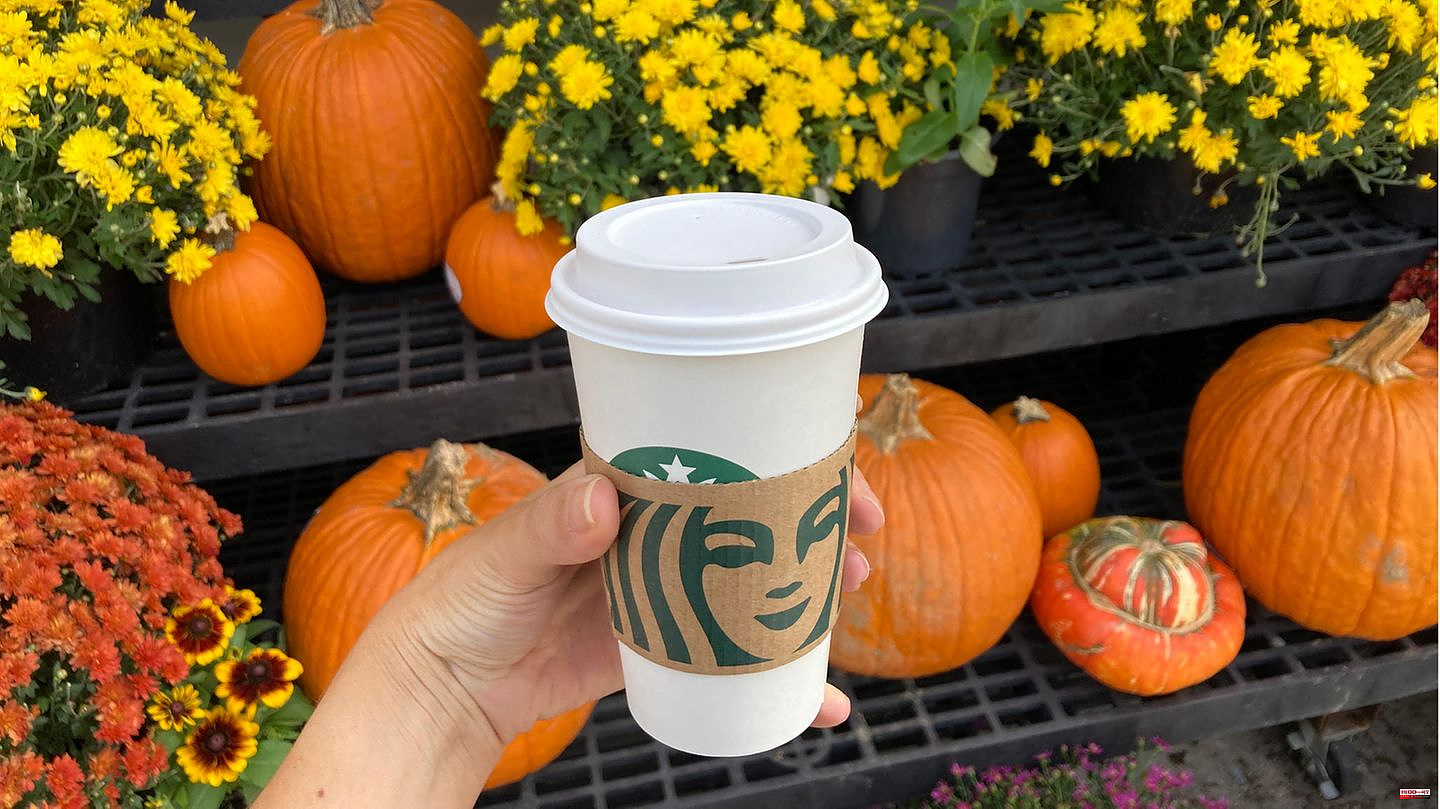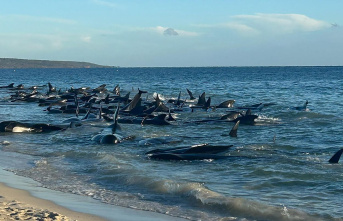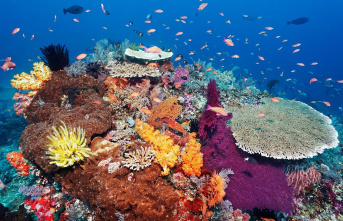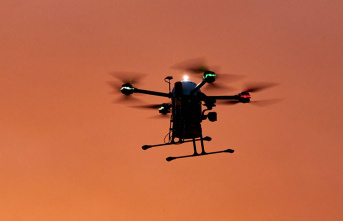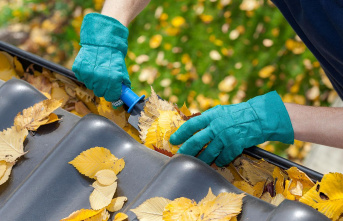Fall kicks off at Starbucks in late August with the return of the popular Pumpkin Spice Latte. A date that thousands of fans of the coffee chain eagerly look forward to every year. The coffee creation will be on the menu in a total of 82 countries until the end of November, but nowhere in the world do people celebrate the hot drink as much as in North America.
The numbers speak for themselves: since its launch in 2003, Starbucks has sold more than 600 million Pumpkin Spice Lattes, according to the Guardian. Its cold drink counterpart, the Pumpkin Cream Cold Brew, is catching up rapidly. In the range since 2019, the drink has sold 100 million copies to date. This year, the fall latte lives up to its reputation as the most popular seasonal drink at Starbucks. Shortly after the reintroduction of the classic, the company recorded its best-selling week to date.
"The best week of sales in our 51-year history was two weeks ago," Starbucks interim CEO Howard Schultz told Restaurant Business in mid-September. The number of visitors to the coffee shops increased significantly. The Placer platform, which analyzes pedestrian traffic in retail, recorded a 25.7 percent increase in customers. What is behind the success of the Pumpkin Spice Latte? And why do North Americans in particular seem to be addicted to the sweet coffee specialty? The answer is the dessert the hot drink is based on, the pumpkin pie. A seasonal dessert traditionally served during fall, Halloween or Thanksgiving, in the United States and Canada.
Tastes and smells can trigger memories. This is ensured by neurological connections in the brain. Certain dishes are therefore linked to certain situations or – in this case – certain times of the year. The taste of pumkin pie "evokes feelings of nostalgia for back to school, the fall season, family reunions and a cozy atmosphere," psychologist Matt Johnson told the Tasting Table portal. The effect is also well known in the market economy: "Seasonal products tie into the feelings of this season, and emotions are a strong motivator for purchase," Bruce Clark, associate professor of marketing at Northeastern University, told CNBC.
It's a matter of perception, says Jason Fischer, a professor of psychology and brain science at Johns Hopkins University. "Most people have clear memories of eating apples and ideas of what apples should taste like," he explains. However, no one has such memories of raw pumpkins. It's different "when you add spices and imagine something sweet and creamy." Because not the pumpkin, but the spices give the pumpkin pie its characteristic taste. The earliest recipes from 1793 mention mace, nutmeg, ginger, molasses and allspice. This flavor profile has essentially never changed.
The concoction that North Americans now know as "pumpkin pie spice" was introduced to the market in 1934 by the McCormick Spice Company, the world's largest spice manufacturer. It contains cinnamon, ginger, nutmeg and allspice. Although the spice is available year-round, 76 percent of annual sales are made between September and November. According to Starbucks legend, the Pumkin Spice Latte was created after the success of the winter drinks. They were determined to create a seasonal specialty for the fall as well. Peter Duke, the former director of espresso, and his staff are said to have alternated tasting pumpkin pies and drinking espresso for a day to find out which flavors of the dessert paired best with the coffee.
Starbucks has only been using a flavored syrup in the hot drink that contains real pumpkin since 2015. Torani, one of the largest producers of coffee flavors, offers 15 different types of Pumpkin Spice syrups and sauces. According to the Guardian, the manufacturer sells more than half in August when the coffee houses stock up for the season. "The limited time is what makes the spice so special," says Andrea Ramirez, consumer and customer insight manager at Torani. "If we could drink Pumpkin Spice Latte all year round, there wouldn't be the same anticipation." Another factor that determines the success of the autumn drink.
"It's very simple economics," said Jadrian Wooten, an economics professor at Virginia Tech, in a CNBC article. "We wouldn't want it if it was available all year round." As the products disappear from the range again, customers want them even more when they are available again, according to the expert. Companies therefore benefit from seasonality in two ways: the positive emotions that people associate with the season and the limited time frame. After the success of Starbucks, it wasn't long before competing coffee chains like Dunkin Donuts and Einstein Bros Bagles copied the drink. The Pumpkin Spice Latte is now also available from McDonalds and 7-Elven in the US.
The coffee creation has also sparked a Pumpkin Spice hype throughout North America's food industry. Market research firm Nielsen IQ examined "how coffee became a source of innovation for the US grocery market" in a late 2019 study. The analysis concludes that the coffee aroma "triggered a taste craze that now defines an entire season". The supermarkets in the US and Canada are full of it in the fall. Pumpkin Spice flavored cookies, hummus, protein powder, yogurt, cereal, pasta sauce and much more. These products "have grown into a half-billion-dollar industry," according to the report.
From the end of July 2021 to the end of July 2022 alone, according to Nielsen IQ, customers in North America spent $234 million on Pumpkin Spice-flavored groceries, a 24 percent increase over the previous year. Not included in the analysis are the numerous household and cosmetic items that also come with the autumn aroma, such as shampoos and scented candles. There are also no drinks in cafes. So it is not clear how much sales the Original Pumpkin Spice Latte has made so far. But Starbucks' sales numbers tell us: a lot.
Quellen: "CNBC", Nielsen IQ, Placer, "Restaurant Business", Starbucks, "Tasting Table", "The Guardian"

